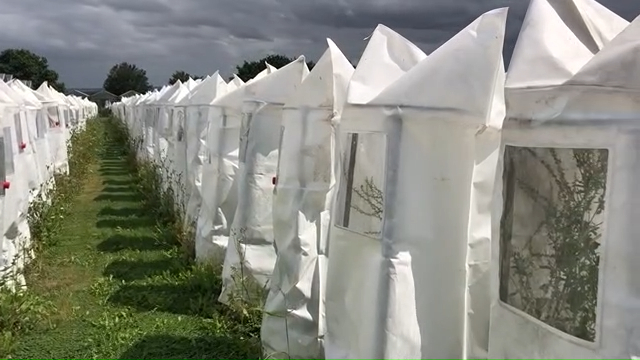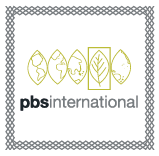A new research paper shows the pollen-proofing power of our tents at the molecular level. The paper, Molecular Fingerprinting Confirms Pollen-Proofing of Nonwoven Pollination Control Fabrics in Sugar Beet, by Piergiorgio Stevanato, Samathmika Ravi, Paul Townson, Daljit Singh Virk and Hannah Senior, is published in Discoveries in Agriculture and Food Sciences (Jan 2024).
Researchers at Lion Seeds previously tested the performance of mini-tents made from more open fabric architecture than the standard Duraweb® tent more open and porous material.
In this earlier trial, male sterile plants were isolated under the tents but a handful of viable seeds resulted. As male-sterile plants occasionally produce viable pollen, this time the team used molecular markers to assess whether any offspring had genetic indicators to show the pollen had come from outside the tent.
They repeated the experiment but using molecular markers to detect whether any seeds produced were a result of self-pollination or pollen passing through the more porous novel materials.

The tents were set up in an area where open-pollinated plants showed high seed sets, indicating plenty of airborne pollen. Inside the tents, viable seed production was statistically equivalent to zero, meaning no outside pollination had occurred.
Highlights from the research paper:
• “[plants] under PCTs saw 86% less seed weight and 96% less implied seed numbers”.
• “This study uniquely used 209 molecular markers and some seed-related traits to confirm the pollen-proofing ability of three new nonwoven synthetic fabrics”.
• “All the four PCTs returned near zero viable seed and did not differ significantly. Both methods confirmed the pollen-proofing ability of new fabrics to be as good as the standard.”
• All the new tents were as effective as the standard Duraweb® tent.




